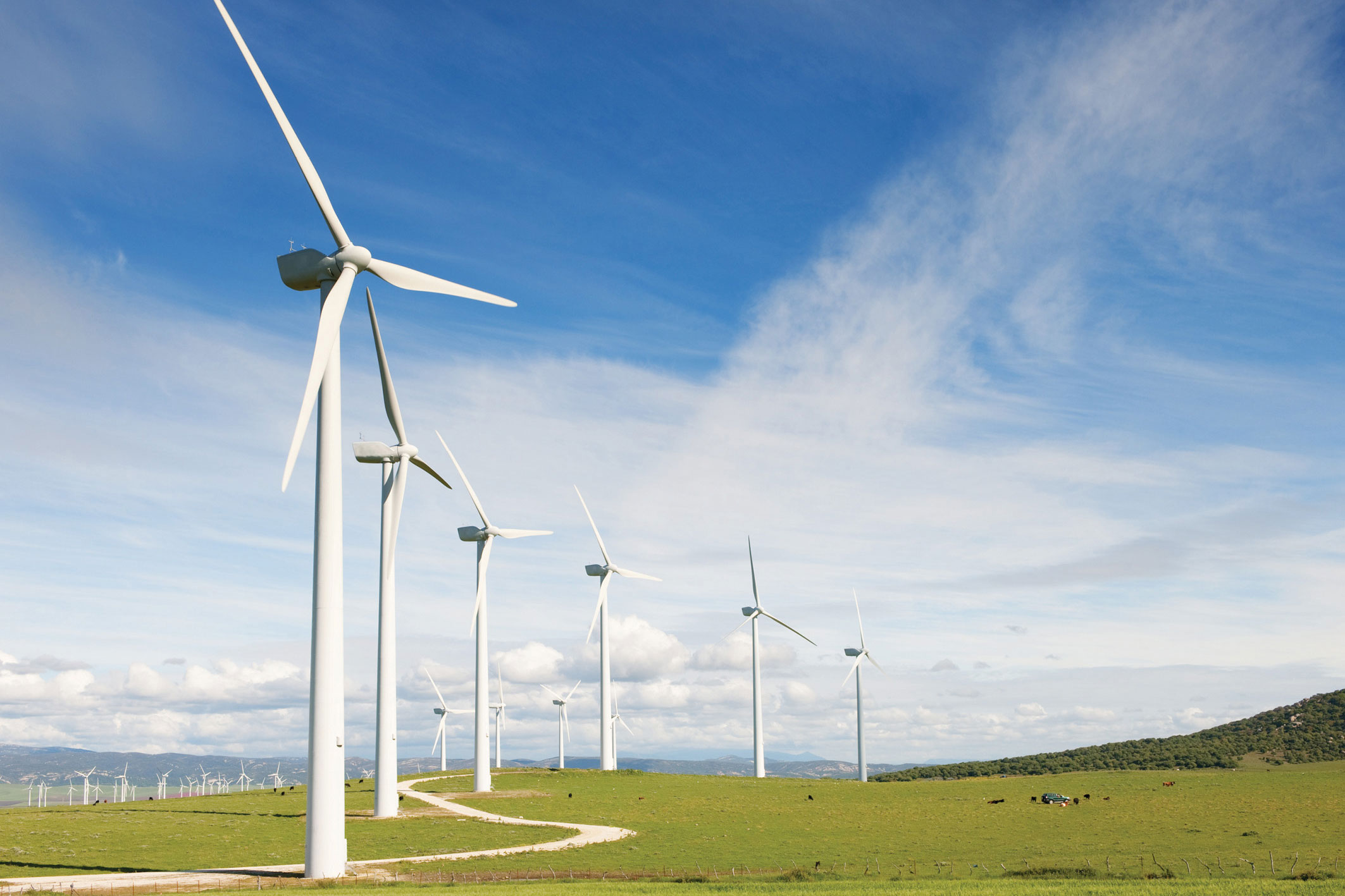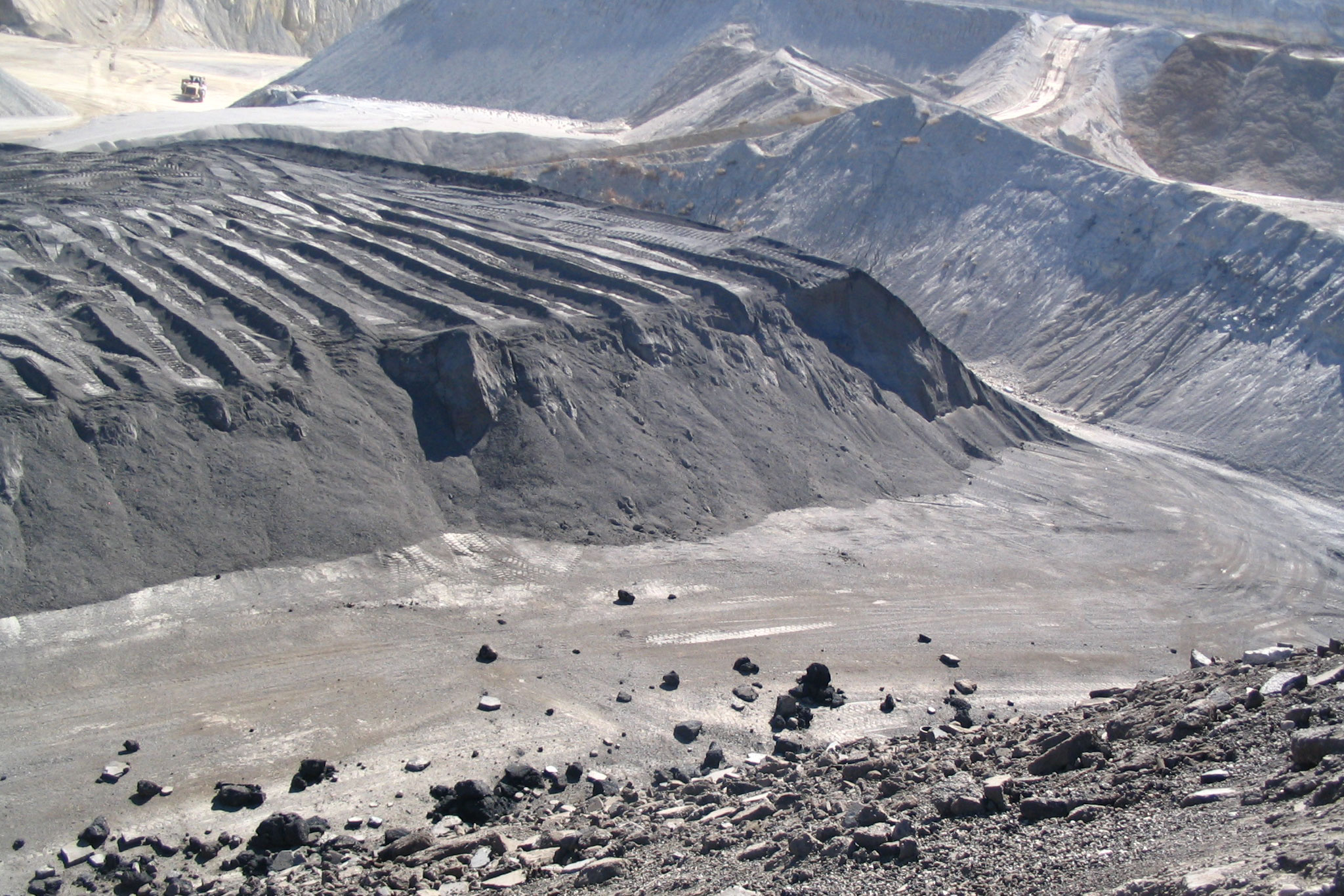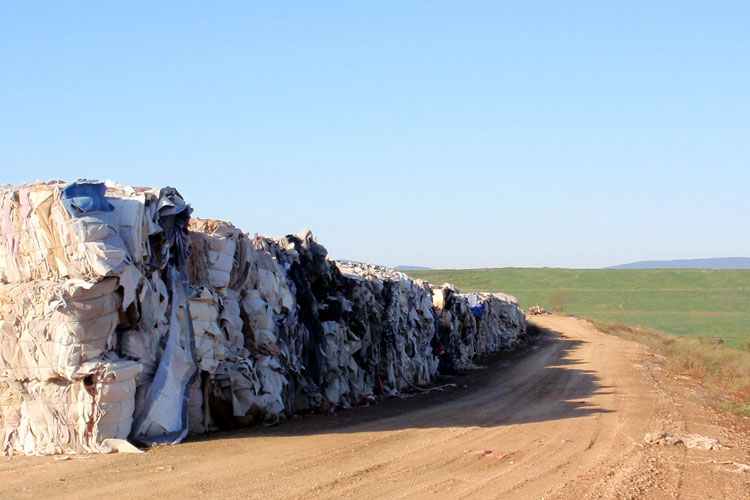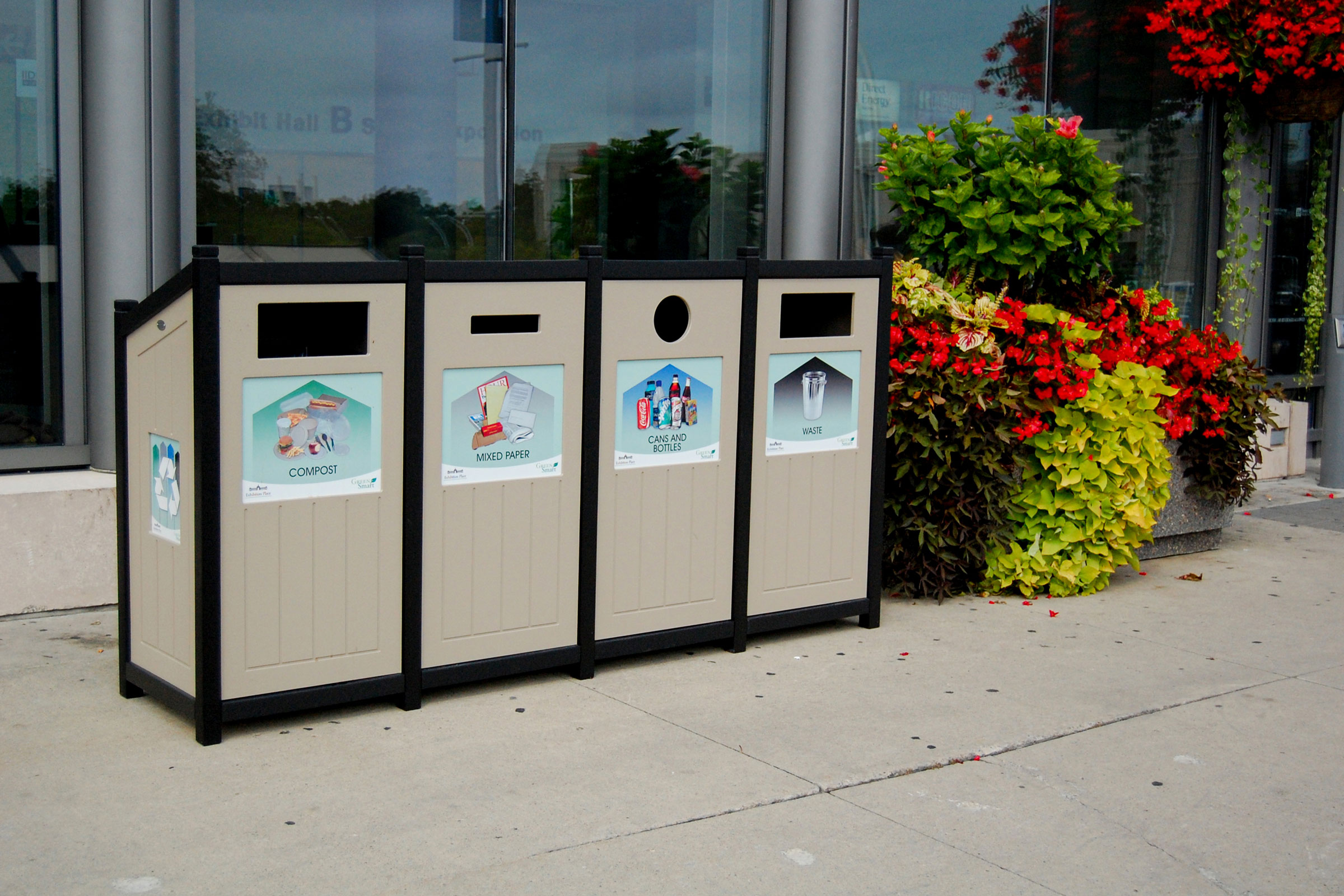Story at a glance:
- Scope 1, 2, and 3 emissions are a way to categorize the different types of GHG emissions a company or organization is responsible for.
- A company’s scope 1 emissions include all emissions that their operations are directly responsible for, whereas scope 2 emissions refer to any emissions generated as a result of the energy purchased by a company.
- Scope 3 emissions are indirect emissions that occur along the value chain and often comprise the bulk of a company’s emissions.
As more and more companies and organizations make commitments to reach net zero, the ability to accurately understand, measure, and report GHG emissions has never been more crucial. The widespread classification and separation of different types of emissions into separate classes—or scopes 1, 2, and 3—has helped to standardize emissions monitoring and reporting, making it easier than ever for companies to grasp the true nature of their environmental footprint.
In this article we’ll cover the basics of scope 1, 2, and 3 emissions and explore some of the measures organizations can take to reduce their GHG emissions across the board.
A Brief History of Emissions

The concept of scope 1, 2, and 3 emissions was first outlined by the Greenhouse Gas Protocol in 2001. Photo courtesy of Covestro
Scope 1, 2, and 3 emissions were first defined in 2001 by the Greenhouse Gas Protocol (GHG), an initiative developed by the World Business Council for Sustainable Development (WBCSD) and World Resources Institute (WRI) that acts as a “comprehensive, global, standardized framework for measuring and managing emissions from private and public sector operations, value chains, products, cities and policies to enable greenhouse gas reductions across the board.”
The GHG Protocol divides these emissions into three distinct scopes, of which include the emissions produced as a direct result of an entity’s operations (scope 1), the emissions stemming from the energy they purchase (scope 2), and the indirect emissions attributed to suppliers and customers along the value chain (scope 3).
Reporting one’s scope 1 and 2 emissions is mandatory for large sources and suppliers in many countries, whereas the reporting of scope 3 emissions is strongly encouraged, but not required.
What are Scope 1 Emissions?

Scope 1 emissions describe those emissions produced directly by a company and anything they own or control. Photo courtesy of Geneva Rock
Scope 1 emissions are those direct emissions produced by an organization or entity’s facilities and operations—in short, anything the reporting company owns or controls. There are four distinct categories that scope 1 emissions fall into: stationary combustion, mobile combustion, fugitive emissions, and process emissions.
- Stationary combustion. Refers to the GHG emissions produced from all on-site fuel combustion at spaces owned and controlled by the reporting company (e.g. the sulfur dioxide and nitrogen oxides produced by coal-fired furnaces and kilns).
- Mobile combustion. Includes those emissions generated as a result of burning fossil fuels to power the vehicles (e.g. trucks, vans, cars) owned and operated by an entity.
- Fugitive emissions. Encompasses all accidental GHG emissions that are released into the atmosphere as a result of faulty or leaky equipment (e.g. air conditioning, refrigeration units, wellheads, valves, storage tanks, et cetera).
- Process emissions. Refers to all emissions released during on-site industrial process and manufacturing, typically as a result of chemical reactions (e.g. the production of CO2 during the manufacturing of cement).
To calculate their total scope 1 emissions, a company must measure all of the fuel they have burned on-site during a given reporting year.
How Can Scope 1 Emissions Be Reduced?

Geneva Rock Products sources all of their materials from local mines, greatly reducing their mobile combustion emissions. Photo courtesy of Geneva Rock
There are a variety of ways in which scope 1 emissions may be reduced, though exact methodologies are largely influenced by the category of emissions being addressed and the industry in which the reporting company is a part of. A steel plant, for example, could reduce their stationary combustion emissions by replacing a portion of their coal-burning blast furnaces with electric arc furnaces.
A courier service company looking to reduce their mobile combustion scope 1 emissions might invest in a fleet of cleaner-burning vehicles, whereas a natural gas plant could work to reduce their fugitive emissions by ensuring that all machinery and equipment is up-to-date, regularly maintained, and possess working leak-detection systems.
To reduce their process emissions, a cement manufacturer might install on-site carbon capture technology to prevent CO2 from entering the atmosphere. This captured CO2 could then be compressed into liquid form and injected into geological formations for long-term storage.
Case Study: Geneva Rock Products

Geneva Rock invested in a fleet of compressed natural gas ready-mix concrete trucks to reduce their scope 1 emissions. Photo courtesy of Geneva Rock
As one of largest concrete and asphalt providers in Utah, Geneva Rock Products is responsible for a significant amount of scope 1 emissions—but recent investments over the last decade have helped to drastically reduce the amount of GHG emissions produced by the company.
To reduce their mobile combustion emissions, for example, Geneva Rock Products invested 8$ million in a compressed natural gas (CNG) filling station and a fleet of 25 CNG ready-mix concrete trucks.
“The new cleaner running CNG fleet has significantly lower emissions than its diesel counterparts: 50% less fine particulate matter and 90% less carbon monoxide,” Nathan Schellenberg, vice president of specialty construction at Geneva Rock Products, previously wrote for gb&d. “The impact of this investment is the equivalent of removing 8,000 cars per year from Utah roads.”
What are Scope 2 Emissions?

Indirect emissions produced as a result of a company’s energy purchases—e.g. electricity, steam, heat and cooling—fall under the category of scope 2 emissions. Photo by Tom Harris
Scope 2 emissions, on the other hand, refer to those indirect emissions generated as a result of the energy—e.g. electricity, steam, heat, or cooling—that is purchased and used by an entity. The fact that these emissions are produced off-site by an energy or utility provider is an incredibly important distinction, as energy can also be produced on-site by technologies owned and operated by the reporting company, in which case any associated emissions would technically fall under the definition of scope 1 emissions.
Out of all the emission types, scope 2 emissions—particularly those relating to electricity—are typically the easiest to measure, as all that is required is one’s energy bills for the reporting year.
How Can Scope 2 Emissions Be Reduced?

Companies can reduce their scope 2 emissions by investing in low-carbon electricity and by improving the energy efficiency of their operations through the integration of passive design techniques. Photo courtesy of Kingspan Light + Air
Predictably, the most effective way for an organization or company to reduce their scope 2 emissions is to invest in cleaner, low-carbon energy and electricity—either purchased from a provider or through the installation of on-site renewable energy technology.
Another common way for companies to reduce their scope 2 emissions is by improving the energy efficiency of their operations, which in turn decreases their overall energy consumption. This may be achieved through the installation of energy-efficient lighting and appliances, integration of passive building systems (e.g. daylighting and natural ventilation), improving insulation and airtightness, et cetera.
A reporting company can also reduce their scope 2 emissions by purchasing renewable energy credits (RECs) to account for or offset the portion of their electricity load that does not have a viable renewable option.
Case Study: The Kingspan Group

In 2022 the Kingspan Group reduced their scope 1 and 2 emissions by 26%. Photo courtesy of Kingspan Light + Air
One company that has taken massive steps to reduce their scope 2 emissions is the Kingspan Group, a premier building materials manufacturer that specializes in daylighting solutions, insulation, and architectural facades.
This is seen in Kingspan’s partnering with Bullfrog Power—Canada’s leading green energy provider—in 2018 to provide their North American facilities with low-carbon biogas, a green natural gas that harnesses energy from organic waste. The only CO2 released by biogas is that which the organic waste would have naturally produced as it broke down, meaning no net new carbon is added to the atmosphere.
In 2019 Kingspan successfully achieved net zero energy status and would go on to develop the Planet Passionate program the following year, in which the company laid out their 10-year plan to decarbonize their entire operational footprint. Aside from continued investment in green biogas, Kingspan’s Planet Passionate program also involves transitioning the company’s manufacturing sites over to at least 60% direct renewable energy by 2030.
“Across the globe every business we own is in the process of installing onsite generation—be it solar, wind, geothermal, or other technology,” Brent Trenga, Kingspan’s North American director of sustainability, previously told gb&d. In 2022 Kingspan successfully reduced their scope 1 and 2 emissions by 26%, putting them well on their way to meeting their 2030 net zero emissions target.
What are Scope 3 Emissions?

Scope 3 emissions are indirect emissions produced along the supply chain or during the use and disposal of a company’s products. Photo courtesy of Aquafil
Scope 3 emissions are commonly referred to as indirect value chain emissions, or those emissions produced along the supply chain (upstream) or from the use and disposal of a company’s products (downstream). In most cases scope 3 emissions account for the largest percentage—often over 70%—of an organization’s total emissions footprint.
The GHG Protocol identifies 15 total categories as being associated with scope 3 emissions, eight of which fall under the umbrella of upstream emissions:
- Purchased goods and services. Includes all emissions generated during the production of goods, raw materials, and services purchased by a company within the same reporting year.
- Business travel. GHG emissions generated as a result of the vehicles (e.g. planes, trains, light rails, et cetera) used by employees or executives for business-related travel.
- Employee commutes. The GHG emissions produced by the reporting company’s employees as they commute to and from work in vehicles that are not owned by the company.
- Capital goods. Refers to those emissions generated by final products with an extended lifespan (e.g. vehicles, machinery, buildings) that are used by the reporting company to manufacture products, provide services, or store, sell, and deliver merchandise.
- Transportation and distribution. Any emissions stemming from the transportation—be it by land, sea, or air—and distribution of a supplier’s goods, products, or materials.
- Fuel and energy related activities. Encompasses all emissions relating to the production of fuels and energy purchased by a company in the same reporting year and which are not considered scope 1 or 2 emissions.
- Upstream leased assets. Includes all emissions related to the operation of assets leased by the reporting company and which are not already accounted for in the company’s scope 1 or 2 emissions.
- Waste from operations. Refers to those emissions—chiefly methane and nitrous oxide—produced during the disposal of any waste generated by the reporting company’s operations.
The remaining seven categories are associated with a reporting company’s downstream emissions:
- Processing of sold products. Includes emissions produced during the processing of sold intermediate products—or products that necessitate further processing, transformation, or inclusion in another product before they can be used—by third parties subsequent to sale by the reporting company.
- Use of sold products. Refers to any and all emissions stemming from the use of products or services sold by a reporting company during the reporting year; includes the scope 1 and 2 emissions of end users (consumers and business customers).
- End-of-life treatment of sold products. Encompasses the total expected emissions associated with the disposal and treatment of the products sold by a reporting company—during a given reporting year—at the end of their operational lifespans.
- Transportation and distribution of products. Refers to those emissions produced as a result of transporting and distributing sold products in facilities and vehicles that are not owned or otherwise controlled by the reporting company.
- Downstream leased assets. Includes emissions produced as a result of operating assets owned by the reporting company (i.e. the lessor) and leased to other entities within the same reporting year.
- Investments. Encompasses those emissions associated with the reporting company’s equity investments, debt investments, project management investments, and managed investments in the reporting year.
- Franchises. Includes those emissions produced by businesses operating under a license to sell or distribute the reporting company’s goods or services in a given location.
Perhaps unsurprisingly, scope 3 emissions are by far the hardest type of emissions to accurately calculate and measure. As it stands the only internationally accepted method for companies to account for these emissions is the Corporate Value Chain (Scope 3) Standard, of which the GHG Protocol and Carbon Trust have developed a comprehensive technical guide for.
How Can Scope 3 Emissions Be Reduced?

The Enercare Centre implemented CleanRiver’s Excel Slant recycling unit to help achieve an 85% waste diversion rate. Photo courtesy of CleanRiver
Because many scope 3 emissions are out of an entity’s control, they are often considered to be the hardest emissions class to reduce. Upstream scope 3 emissions are typically easier to reduce than downstream emissions, but often require a large amount of collaboration between a reporting company and its suppliers to ensure that all parties involved are committed to decarbonizing their operations.
Companies can also work to reduce their worker commute-related scope 3 emissions by encouraging employees to take public transportation by offering public transit stipends or by allowing employees to work from home.
But if a company really wants to reduce their scope 3 emissions by a significant margin, they have to address downstream value chain emissions as well. This can be done in part by designing products to be more energy efficient (reduces use-based emissions), long-lasting, and recyclable (reduces end-of-life emissions. Another relatively simple way for a reporting company to reduce their scope 3 emissions is by investing in green, sustainable projects.
Case Study: Covestro

Covestro offers MDI—a core component of high efficiency rigid polyurethane insulation—in a climate neutral version through the use of bio-waste as an alternative raw material. Photo courtesy of Covestro
Very few companies have begun measuring and reporting their scope 3 emissions, with even fewer having developed plans or targets for their reduction. Covestro—a leading producer of advanced polymers and high-performance plastics—is one of those few.
Scope 3 emissions make up approximately 80% of Covestro’s total emissions, with the purchasing of raw materials accounting for the largest share. Covestro recently identified four key categories of emissions to address as part of their larger climate strategy, which aims to reduce the company’s scope 3 emissions by 10 million metric tons by the year 2035. Each of these four emissions categories has a corresponding action item—or lever, as the company calls them—of which are outlined below:
- Lever 1. Covestro will require that all suppliers reduce their scope 1 and 2 emissions, which in turn reduces the company’s scope 3 emissions. In January 2024, Covestro reached a long-term supplier agreement with Encina, who will supply them with raw materials produced from end-of-life plastics.
- Lever 2. The profitable sale of products made from alternative raw materials, or non fossil-based raw materials.
- Lever 3. This lever deals with Covestro’s MAKE projects, or investment projects in which the company manufactures alternative raw materials with a reduced carbon footprint.
- Lever 4. Encompasses a range of different factors that help to reduce scope 3 emissions, including changes to logistics and primary extraction, increasing recycling rates to reduce emissions from waste incineration, and the acceleration of innovation processes.
“At Covestro we believe in the circular economy as a driver of innovation and prosperity, and this belief continues to deeply inform our investments in next-level green technology for the plastics industry,” Richard Skorpenske, head of sustainability and public affairs at Covestro, previously wrote for gb&dPRO. “We have forged alliances all along the value chain, from raw material suppliers to technology developers to our customers. We’ve also cleaned up our own operation, moving to more renewable energy sources. We are using research to push the boundaries into chemical recycling, which, while still in its infancy, could have massive repercussions for recycling plastics on a massive scale.”




